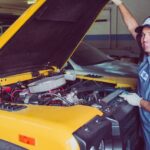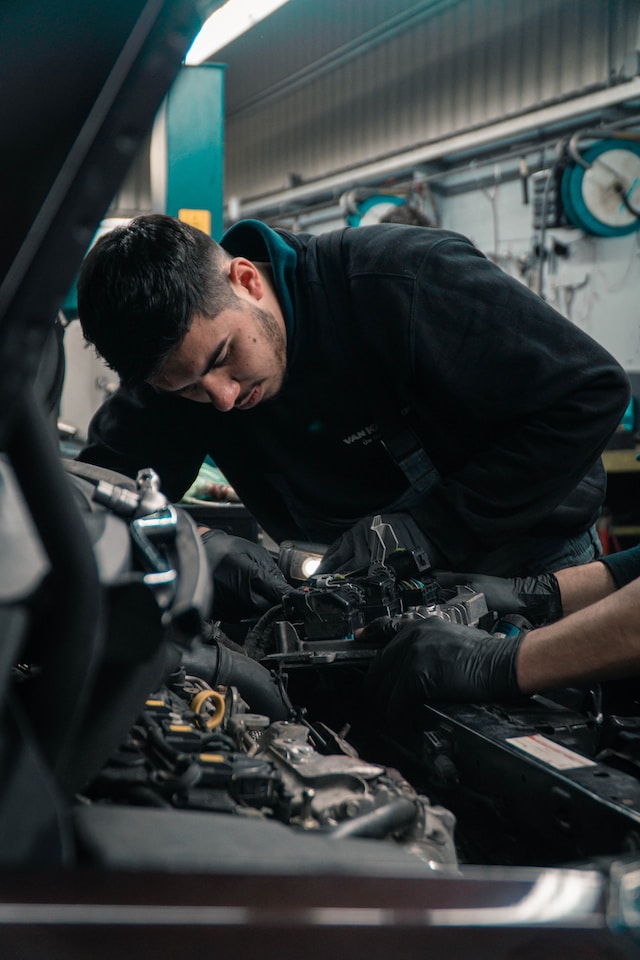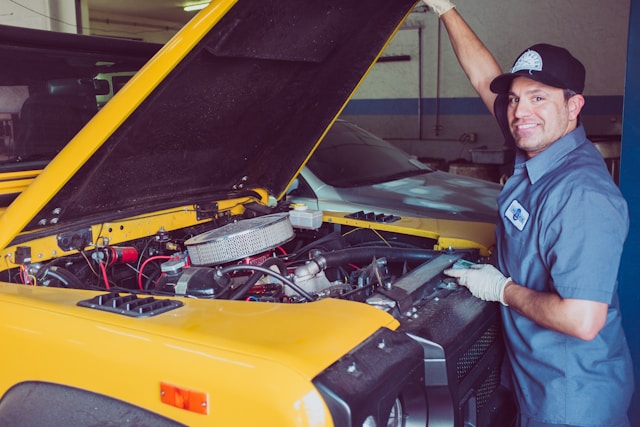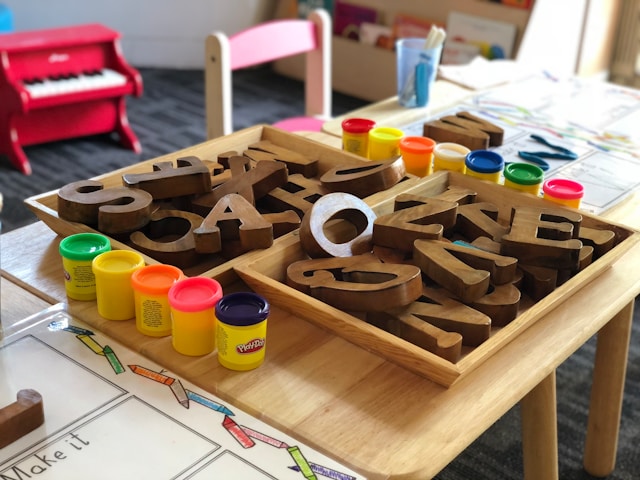Simple Auto Repairs Every Driver Should Understand
You can save money on auto repair by taking care of simple things yourself. Anyone can do these car repairs with a few tools and a little knowledge. Ask if the shop will use new, remanufactured, or rebuilt parts. These parts are identical to the original ones but cost much less.
Change the Oil
A clogged filter can damage your engine; regular oil changes will keep it running smoothly. For your vehicle’s proper oil type and quantity, consult the owner’s handbook. It’s also important to check your tires often. Low air pressure or worn-down treads can make driving dangerous. You should also check your battery every three years and replace it when needed. You should also test your spark plugs every 30,000 miles and flush your coolant/antifreeze after 60,000 miles.
Check Your Brakes
Your car’s brakes operate similarly to bicycle brakes: a hydraulic system containing braking fluid causes a group of cushioned clamps known as calipers to tighten their grip on a disc known as the rotor, slowing and halting it. But a problem with your brakes can be hard to spot. A thrumming brake pedal or one that feels uneven when you hit it indicates that your rotors have warped from excessive use. That can be dangerous and requires a trip immediately to the auto shop for a car repair Edmonds WA.
Change a Flat Tire
Changing a flat tire in your car can feel intimidating. However, it’s pretty simple if you know what to do. Start by removing the hubcap and loosening the lug nuts. You may need a longer lug wrench for more leverage or lubricant for extra help. Place the jack underneath your car in a location that’s not plastic-molded and won’t be damaged by the vehicle’s weight. Crank the jack until it’s raised high enough to remove the tire.
Check Your Headlights
You should check your headlights regularly to make sure they are working correctly. Start by turning them on in a dark environment where they won’t dazzle other road users, and visually inspect the beam patterns to ensure no corrosion or damage to the bulbs. Please turn off your headlights; otherwise, the battery may be drained, and your car may not start when needed. You should also regularly check your high beams.
Check Your Tire Pressure
Properly inflated tires can lead to a smoother, safer, and more fuel-efficient ride. To check your tire pressure, grab a tire gauge (often included with the air pump at gas stations or found for free in many automotive stores) and remove the valve stem cap (save it somewhere safe). When you hear hissing, and the gauge gives you a reading, place the gauge over the valve stem and apply pressure firmly. Please write down the number and compare it to the manufacturer’s recommended cold psi in the vehicle handbook.
Change Your Air Filter
The air filter in a car is one of the most critical maintenance items to change. It’s easy, inexpensive, and can help your engine run more smoothly and efficiently. The air filter in a car can be found under the hood, usually sitting on top or the side of the engine. It’s typically a square or rectangle-shaped filter box. To change it, open the box, remove the old filter, and place it in a new one with the wavy side facing up.
Check Your Tires
A car with flat or underinflated tires can create unsafe driving conditions. Checking your tire pressure is simple and only takes a few minutes. One easy way to check your tread depth is with a penny. The top of Lincoln’s head should be visible in your tire’s tread, and if it is flush with the grooves, your tires need to be replaced. You can also look for “wear indicators” that are molded into most tires; these raised notches indicate when the tread has worn to an unsafe level.
Jump Your Car
If you turn your key, you have a dead battery, and nothing occurs. Luckily, jumper cables can help you solve this problem without calling roadside assistance. Please have a friend or family member give you a jump, then park their vehicle nose to nose with yours (without touching). Ensure the vehicles are close enough so the jumper cables can reach them. Then, connect the black cable from the booster car’s negative terminal to a bare piece of metal (like a clean nut) on your dead car.









